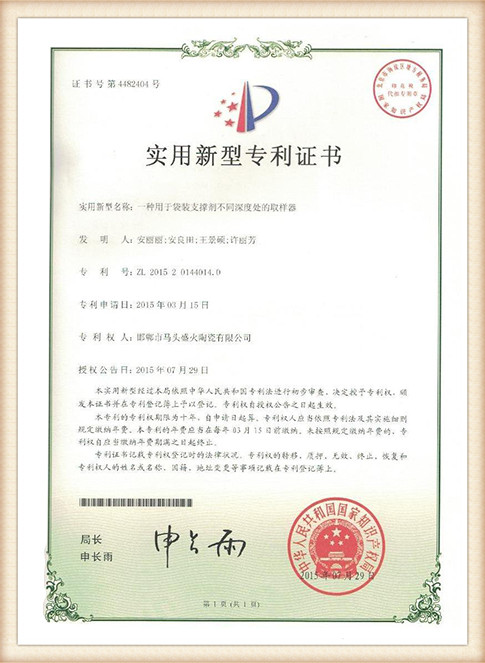Sand Casting in China A Craft of Tradition and Innovation
Sand casting, one of the oldest manufacturing processes known to mankind, has witnessed significant evolution over the years. In China, this age-old technique is not only a vital part of the country's rich manufacturing heritage but also a driving force behind its modern industrial prowess. This article explores the significance of sand casting in China, including its historical roots, contemporary applications, and its prospects in the future.
Historical Roots
China's history with sand casting dates back thousands of years. Archaeological evidence suggests that the ancient Chinese utilized sand casting for creating bronze tools and weapons during the Shang Dynasty (around 1600-1046 BCE). The principles of sand casting were perfected through generations, leading to sophisticated methods that laid the foundation for modern casting techniques. The use of local materials, such as quartz sand and clay, allowed artisans to create intricate designs, reflecting not just utility but also deep cultural significance.
Current Applications
Today, sand casting remains densely woven into the fabric of Chinese manufacturing. It is essential across various industries, including automotive, aerospace, construction, and artistry. The process entails creating a mold from a mixture of sand, clay, and water, into which molten metal is poured. Once cooled, the mold is broken away, leaving behind a precise metal replica of the original pattern. This method is valued for its versatility, cost-effectiveness, and ability to produce large and complex components.
China's automotive industry, in particular, significantly benefits from sand casting. With the country's position as the largest automobile producer in the world, the demand for high-quality cast components, such as engine blocks and chassis, has surged. Furthermore, the aerospace sector relies on sand casting for producing lightweight yet robust parts that meet stringent safety standards.
In addition to industrial applications, sand casting has found its way into the creative realm. Artists and sculptors utilize sand casting to bring their visions to life, creating sculptures and decorative items that embody cultural narratives. This intersection of art and industry showcases the diverse potential of sand casting in China.
Technological Advancements
The advancement of technology has propelled the traditional sand casting process into the modern age. Integrating computer-aided design (CAD) and computer-aided manufacturing (CAM) systems enables manufacturers to design intricate molds and optimize production processes. These technologies contribute to higher precision and efficiency, reducing waste and minimizing production costs.
sand casting china

Moreover, automation in sand casting operations has flourished, with robots and automated systems handling tasks from mold making to finishing. This shift not only boosts productivity but also helps address labor shortages in certain regions. By employing cutting-edge technologies, Chinese manufacturers are redefining sand casting, ensuring they remain competitive in a global market.
Environmental Considerations
As the world increasingly emphasizes sustainability, the sand casting industry in China is also adapting. Traditional sand casting has a substantial environmental footprint, particularly concerning sand extraction and waste generation. Consequently, manufacturers are exploring eco-friendly alternatives, such as using recycled sand and environmentally friendly binders.
Moreover, initiatives to reduce energy consumption during the casting process have gained momentum. Many companies are investing in renewable energy sources and energy-efficient equipment to minimize their carbon footprint. By taking these steps, the sand casting industry in China is positioning itself as a responsible player in the global manufacturing landscape.
Future Prospects
Looking ahead, the future of sand casting in China appears promising. As industries evolve and new technologies emerge, sand casting will continue to play a crucial role. Its adaptability and cost-effectiveness will ensure its place in manufacturing, even as newer methods like additive manufacturing gain traction.
Moreover, the emphasis on sustainability and innovation will likely drive research and development in the field, leading to enhanced processes, materials, and applications. This evolution will not only benefit manufacturers but also contribute to a more sustainable and efficient industrial ecosystem.
Conclusion
Sand casting in China embodies a blend of tradition and modernity, showcasing the country’s rich cultural heritage and industrial advancement. As it continues to adapt to contemporary challenges and technological innovations, sand casting remains a vital component of China's manufacturing landscape, promising a bright future for this age-old craft. Through the integration of tradition and innovation, China is set to lead the way in the global sand casting industry.
Post time:Νοέ . 30, 2024 00:09
Next:Tips for Perfectly Sanding Your 3D Printed Models for a Smooth Finish
